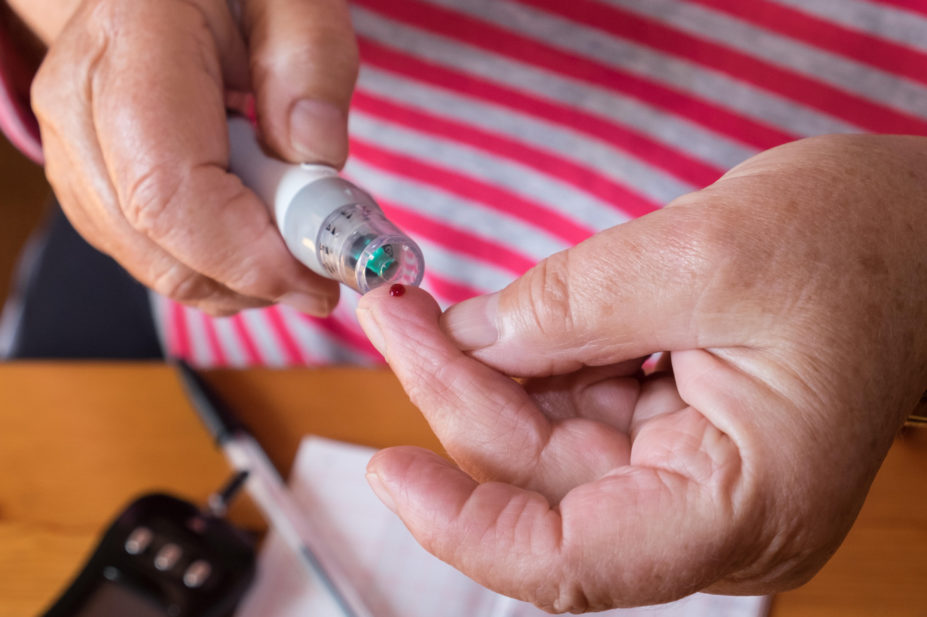
Jeanette Teare / Alamy Stock Photo
More patients with type 2 diabetes mellitus (T2DM) who also have cardiovascular disease (CVD), or are at high risk of developing it, will be offered a sodium-glucose co-transporter 2 (SGLT2) inhibitor in addition to metformin earlier in their treatment, updated guidance from the National Institute for Health and Care Excellence (NICE) has said.
The guideline, updated on 15 February 2022, contains recommendations for managing T2DM in adults, focusing on education, dietary advice, managing cardiovascular risk and blood glucose levels, and identifying and managing long-term complications.
Under the new guidance, if a patient with T2DM has chronic heart failure or established CVD, based on their cardiovascular risk assessment, they should be offered a SGLT2 inhibitor with proven cardiovascular benefit, such as canagliflozin or dapagliflozin, in addition to metformin as first-line treatment.
A SGLT2 inhibitor and metformin should also be considered as first-line treatment for those at high risk of developing CVD — those with a QRISK2 score of 10% or higher — the guidance says.
It adds that when starting an adult with T2DM on dual therapy with metformin and an SGLT2 inhibitor, the drugs should be introduced sequentially, starting with metformin, to check tolerability.
The guideline notes that the new recommendations for adults with T2DM and chronic heart failure or CVD are expected to “increase the number of people taking SGLT2 inhibitors at the beginning of their treatment”.
“This is also expected to be the case for people with a high risk of developing CVD, as this category is expected to cover a large proportion of adults with T2DM.
“In current practice, these people would not be offered combination therapy with an SGLT2 inhibitor until additional treatment is needed to control their HbA1c to below their individually agreed threshold for intervention, and then only if they met the criteria in the relevant NICE technology appraisals for being prescribed an SGLT2 inhibitor,” the guidance explains.
In its reasoning behind the new recommendations, the NICE committee highlighted in the guideline that, since it was last published in 2015, “a key development” had been new evidence from cardiovascular outcome trials, looking at a variety of different treatments, including SGLT2 inhibitors and glucagon-like peptide-1 (GLP-1) receptor agonists.
“The plethora of cardiovascular outcome trial data we have seen in recent years has led to the new guidance advocating the use of dual metformin and SGLT2 inhibitors [for] anyone with established cardiovascular disease or heart failure and anyone with high cardiovascular risk,” explained Hannah Beba, consultant diabetes pharmacist for NHS Leeds Clinical Commissioning Group.
Beba said that, despite the good evidence base for GLP-1 therapy in the management of diabetes and cardiovascular outcomes, it appeared that these treatments were “plagued” by their cost, making them a “hard sell” to NICE in terms of cost-effectiveness.
“They remain recommended only for a niche few and this will force progression to insulin sooner for many people living with diabetes,” she added.
“Insulin would not realise the same kind of cardiovascular benefits for people and hopefully NICE will plan to revisit this shortly. Cardiovascular disease is the major cause of morbidity and mortality for people living with diabetes; we need to use all the medications which have cardiovascular benefit sooner in pathways.”
Read more: Diagnosis and management of type 2 diabetes mellitus


